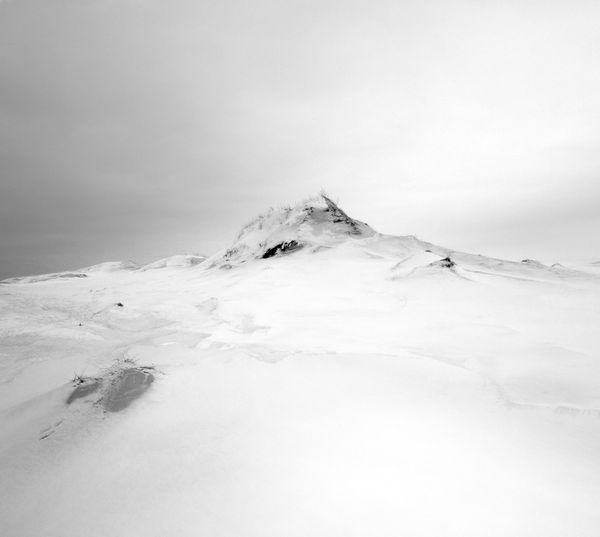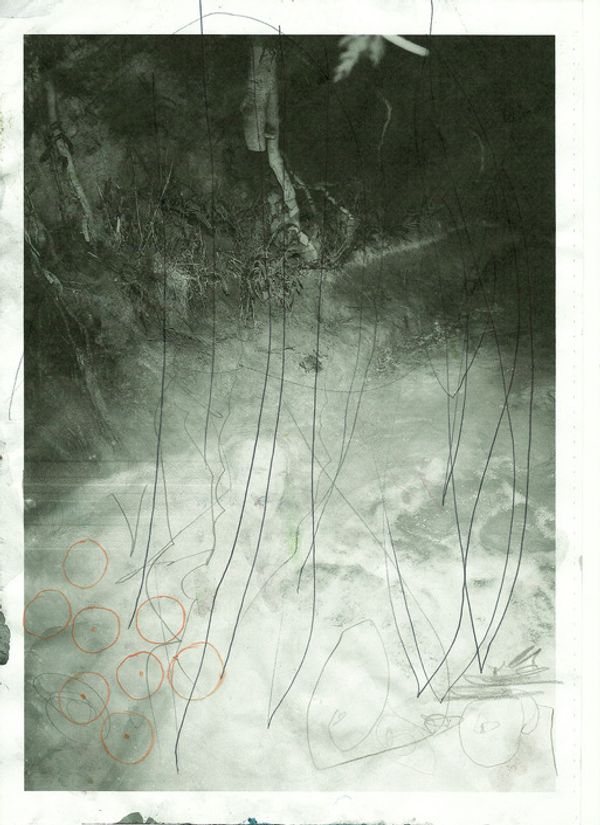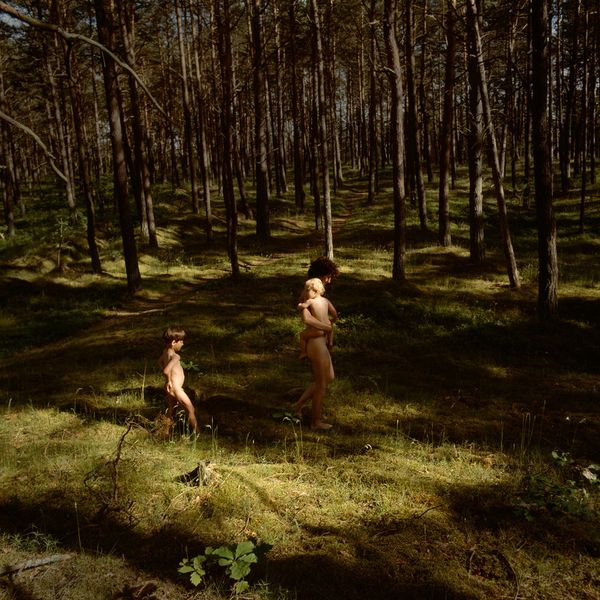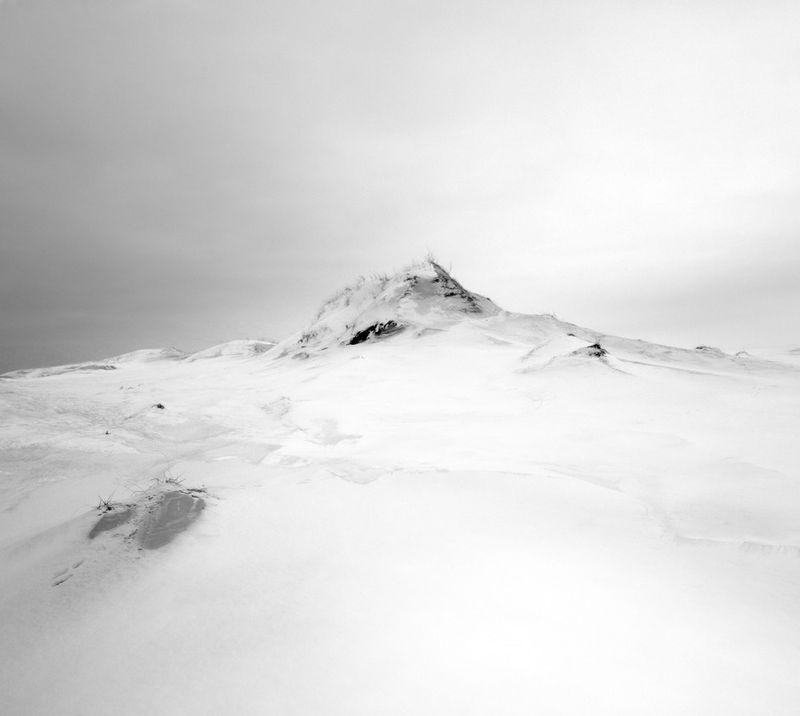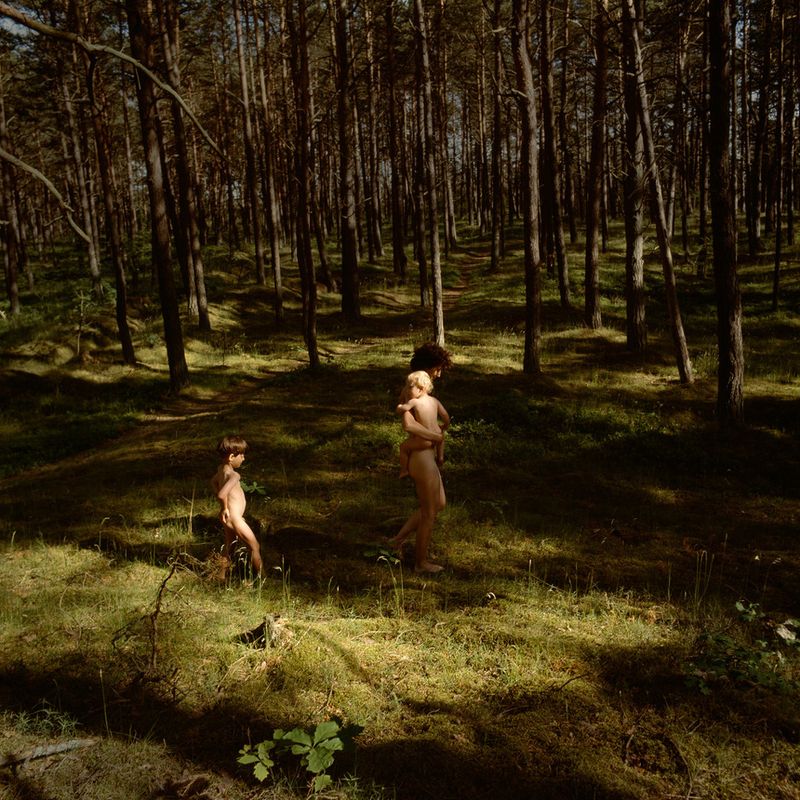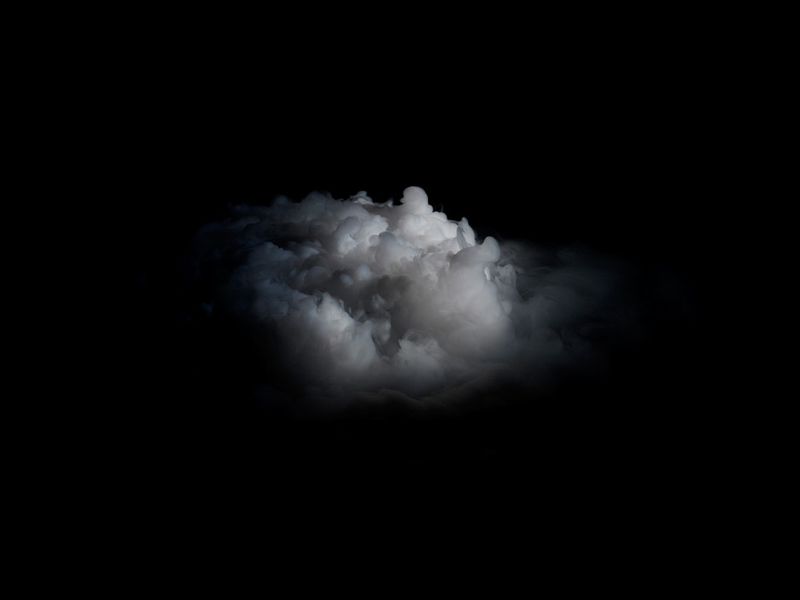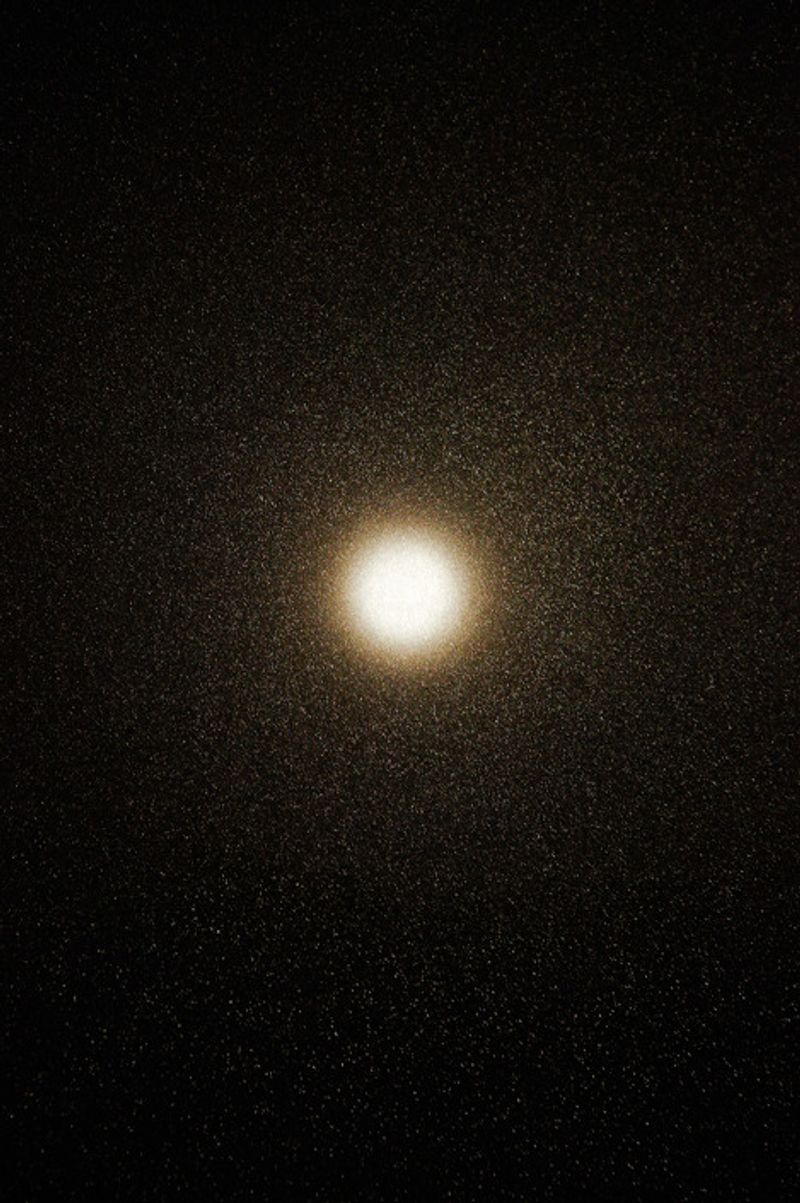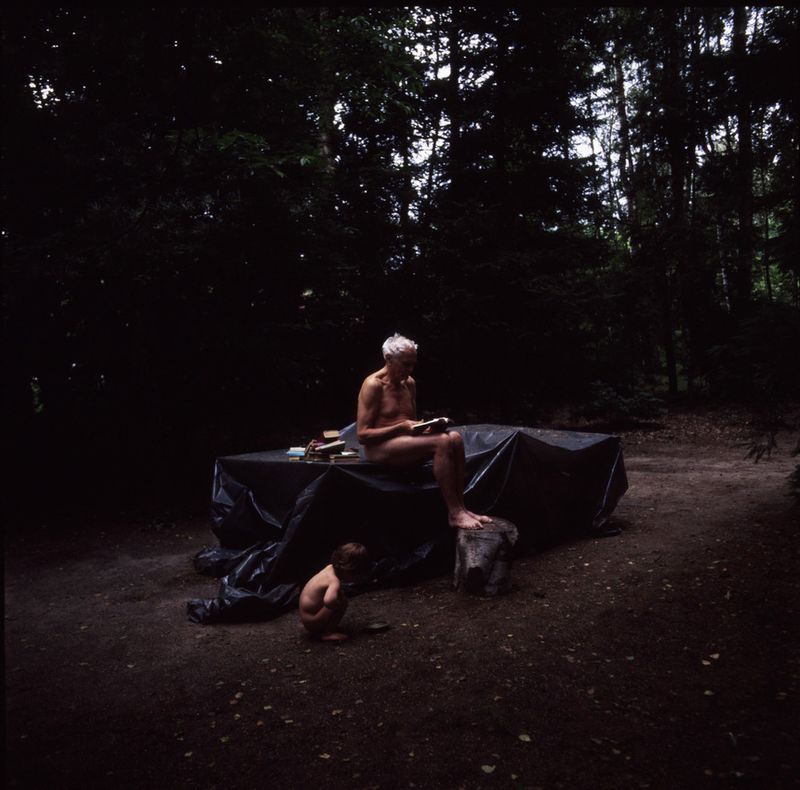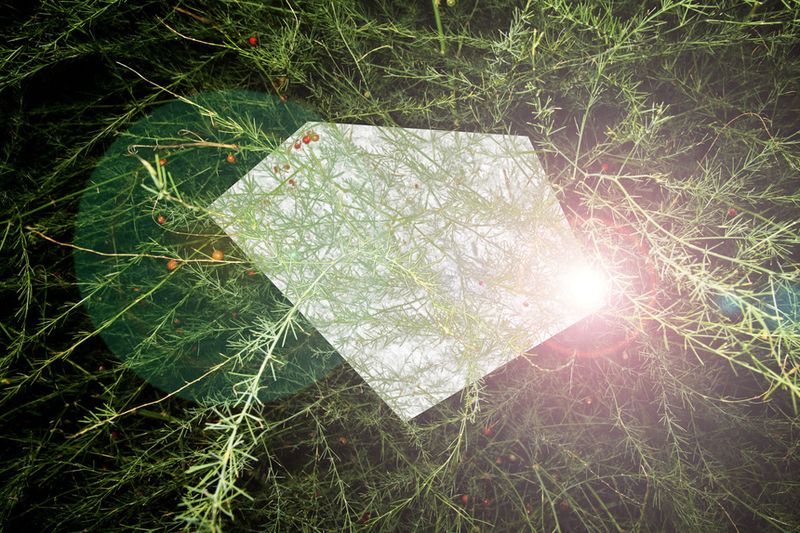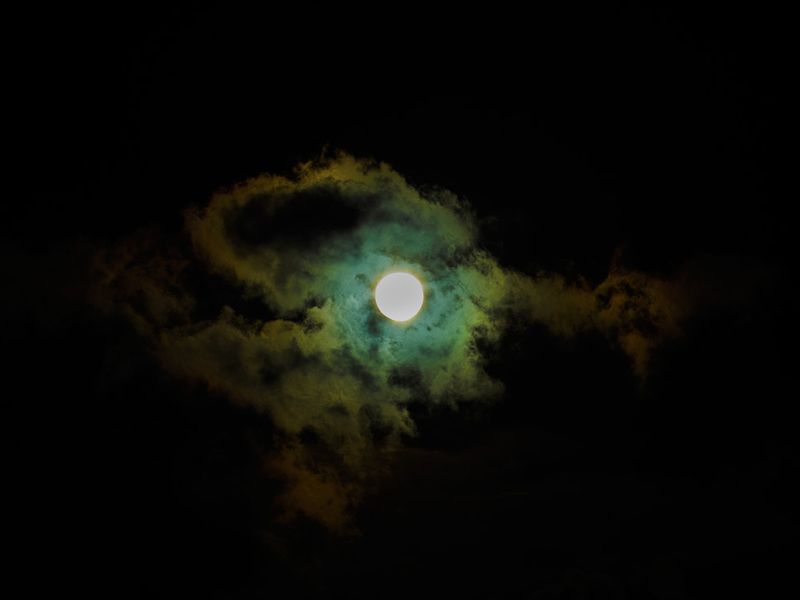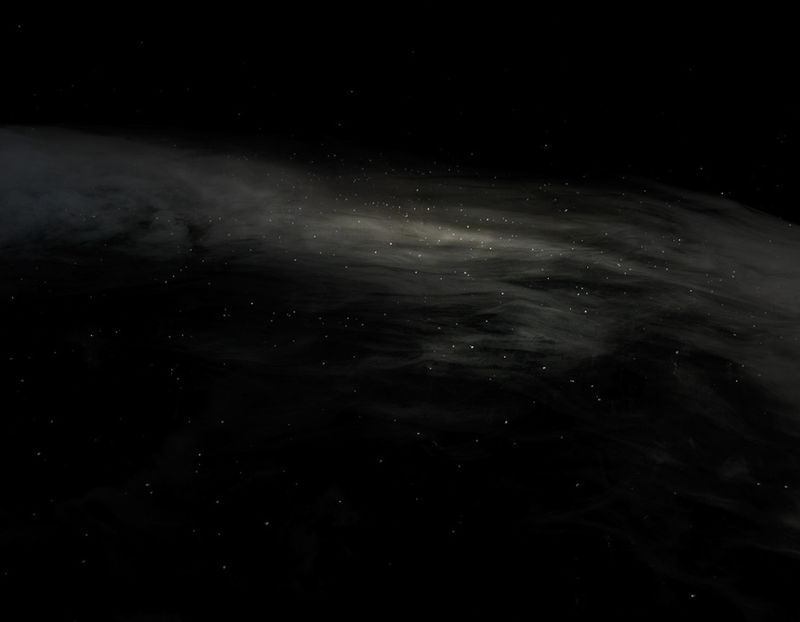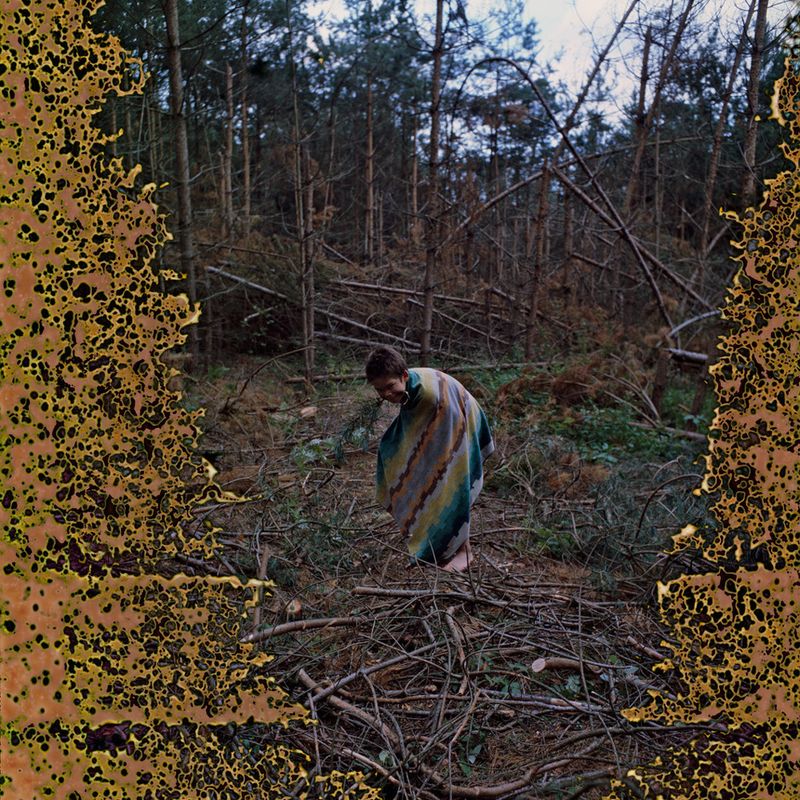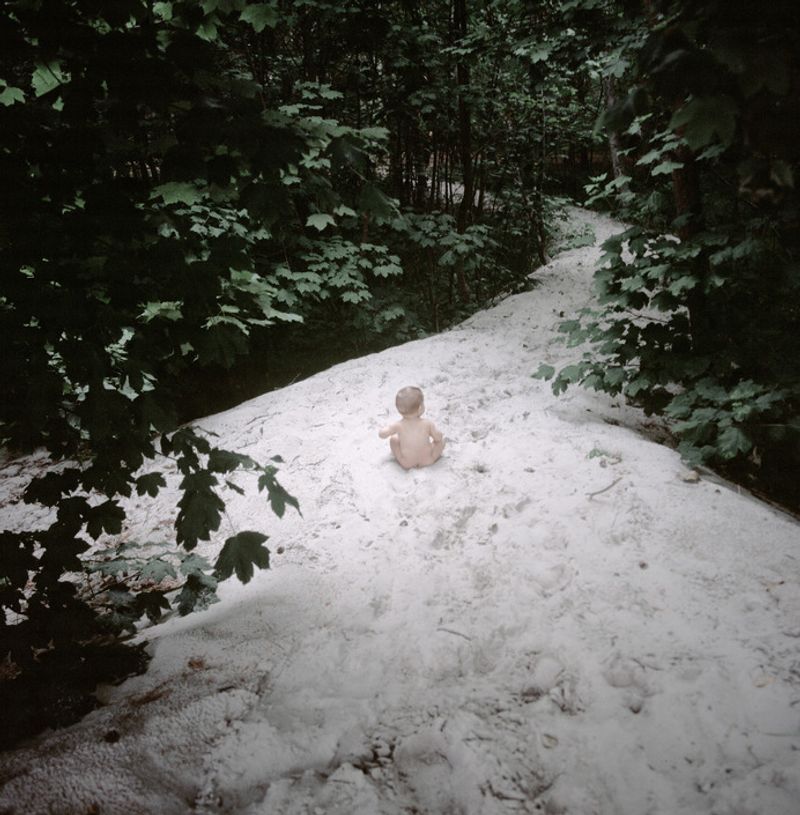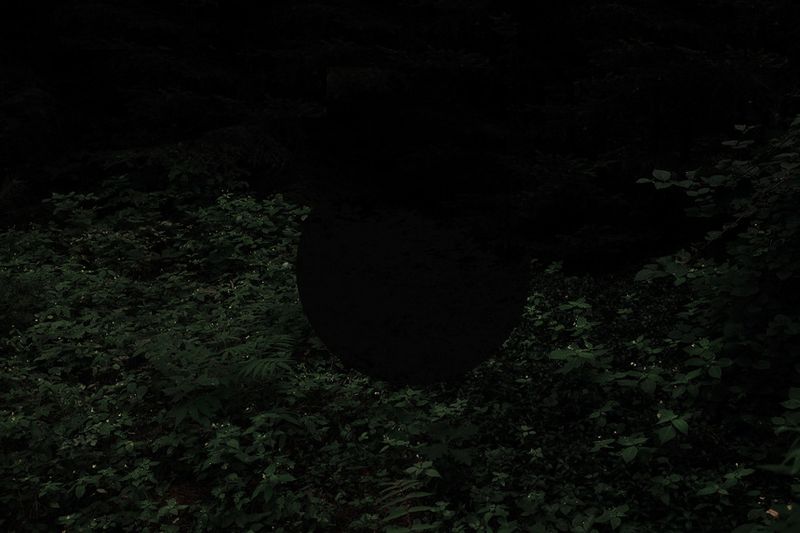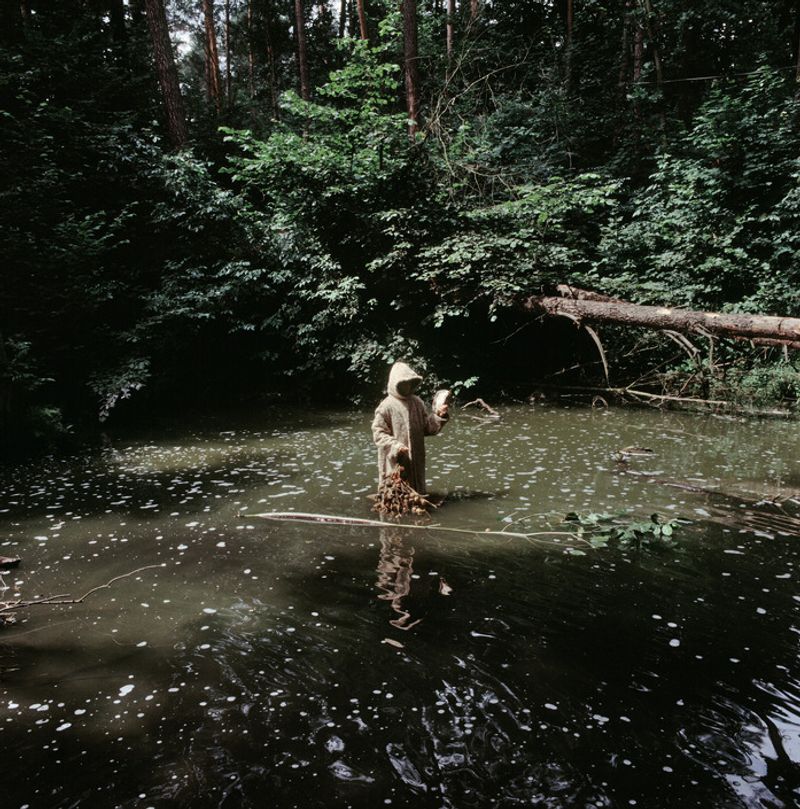Waveherd
-
Dates2007 - 2012
-
Author
- Location El Tarter, Andorra
-
Recognition
Waveherd is the final instalment of the Family Triptych, which Igor Omulecki has created over the last five years.
Waveherd is the final instalment of the Family Triptych, which Igor Omulecki has created over the last five years. The other two parts are Lucy and It. The triptych has been directly informed by the artists private life, at a time when he and his wife are expecting their first child. The symbiotic relationship between life and work the growing up of ones kids, ones relationships with ones spouse, parents is constantly present in the triad, and one should actually say that it is its bilateral character that inspired the work in the first place. However, the Triptych is not a chronicle of the vivisection of a familys everyday life. Despite using photography whose exhibitionist potential is well known this is not a story about privacy and access to it. The possibility disappears from our sight very quickly.
It is replaced by a much wider perspective. Omulecki creates a horizon, framed by outer space and the celestial bodies: sun and moon. On a stage so prepared appears just one photograph of a person. Though singular, it is immensely important since it reveals the direction in which the artist is heading. The image of a family, naked, that has left the safety of home and is making its way through a forest suggests the need for finding an equilibrium with the lost. The archetypal scene, bringing to mind the prehistoric equality of human and animal life, expresses a longing for nature, for being one with the world, its time measured by recurring cycles. Juxtaposing this photograph with the work showing a black hole montaged into a nocturnal garden frees the subconscious, allowing a reintegration with culture-castrated instinct. The regained freedom influences the perspective in which appear the themes of genealogy and time, inseparably linked with the motif of the family. This is a process: life is not embroiled in the past and present, but in duration. Genealogy becomes the presence of the successive generations in ourselves and time beats to the rhythm of natural cycles, where there is no loss.Omuleckis discovery of this complexity is exemplified by Mum , a photographic diptych showing a suspended wooden object, which both the artist and his mother are fascinated with. The object plays the role of a common denominator, a family thread discovered in our ancestors choices as we repeat them, in similar affections, in the desire to own the same. The organic nature of wood plays an important role here too, confirming our speculations that it is nature that becomes the object of desire; or at least to recover a small fragment of it.
"Nothing begins and nothing ends" is how the life represented by Omulecki could be described. Suspended in front of the viewer to be contemplated, it adopts an eclectic visual form. The stylistically diverse collection, circulating between staged scenes, object studies, celestial-observation abstractions, and video, is woven with flows. Energy pulsates between the different elements, as if the artist wanted to represent a single integrated organism. Each fragments completes a loop of returns and repetitions. The family is part of this world and a starting point for its exploration. In Waveherd , the basic social unit again resounds with biology.
The diversity of the media employed by Omulecki in this project stems from a desire to explore and map the complexity of the system being discovered and to place the family within it. Hence also the decision to look at celestial bodies, and the careful examination of a cloud. In these combinations Omulecki conducts an investigation, as if in these moments of cosmic life he wanted to discover some underlying algorithm, similar to the one that directs the ebb and flow of oceans.
To look at the sky means to crane ones neck, a gesture that is repeated in the video of tree tops swaying in the wind. In the rhythm of the forest waves Omulecki searches again for a community with nature, a sense of belonging to a larger whole. The sum total of these observations leads to a distancing and in the final part of the trilogy the artist looks at his family from afar. The path that began with Lucy ends with Waveherd, and the growing distance and widening perspective turns out to be a meditation too.
With its conclusion, a final element is revealed: the figure of the circle, present in many of the featured works, whether in the glow of the moon, the rotation-arrested piece of wood in Mum , or the patch of light showing a family heading through the woods. The circle indicates non-randomness and the necessity of repetition, affirming a meditative perspective in which the process of life is revealed.
Jakub Śwircz
